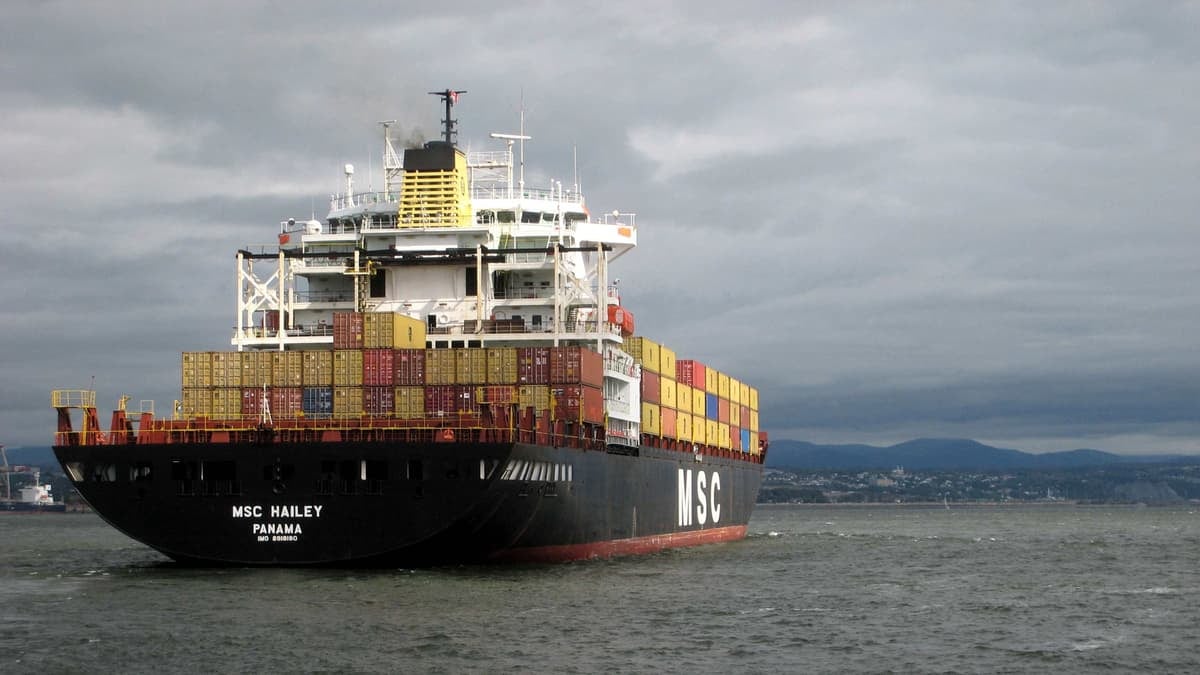The drone attacks on Saudi Arabia’s oil facilities could have far-reaching consequences for ocean shipping. While there are significant demand implications for crude tankers, there are also broader impacts for other segments, including for fuel pricing, chartering sentiment and possibly even knock-on issues for trade negotiations.
Higher fuel costs and IMO 2020
Price-reporting company Argus confirmed on Sept. 16 that Singapore marine fuel (bunker) prices were up “sharply.” It cited increases of 8-12% from Sept. 13.
If geopolitical risks lead to higher crude pricing, which pushes up bunker pricing for an extended period, the timing will be particularly unfortunate for ocean shipping.
The IMO 2020 marine-fuel rule goes into effect on Jan. 1, 2020, requiring all ships without exhaust-gas scrubbers to burn more expensive low-sulfur fuel. It had been hoped that the transition would be smoothed by a relatively benign oil market, with lower economic growth and trade tensions reducing demand, bringing prices down and increasing supply availability ahead of the rule’s implementation.
The attacks in Saudi Arabia have erased these hopes. The jolt to global supply and higher pricing will make the IMO 2020 transition more difficult than it would have been had the attacks not occured.
According to Amit Mehrotra, transportation analyst at Deutsche Bank, “The attack will primarily impact Saudi’s production of lighter crude grades, Arab Extra Light and Arab Light. These light crude grades generally produce more mid-distillates at the expense of residual output and thus are seeing increased demand on the back of IMO 2020 sulfur fuel regulations.
“For this reason, lost production of light crude oil could make it more difficult for the global refining industry to meet the IMO 2020 demand shift while also driving a widening of fuel price spreads,” said Mehrotra, referring to the spread between low-sulfur compliant fuels and the heavy fuel oil to be used by ships with scrubbers.
Vessel charter markets
Increased uncertainty on fuel pricing and the bunker fuel spread has an effect in the time-charter market. In a spot vessel employment agreement, the vessel interest pays the fuel bill and the customer pays for transportation in dollars per ton of cargo; in a time-charter contract, the charterer covers the cost of the fuel and pays for the charter in dollars per day.
Uncertainty over where fuel prices will be has already led to a temporary aversion towards time charters, on the fear that they will not be properly priced. If the geopolitical issues in the Middle East create even more fuel-price volatility after the IMO 2020 enforcement date, favoritism toward spot employment could be more prolonged.
U.S.-China trade negotiations
All shipping segments are feeling consequences from U.S.-China trade tensions, particularly container and dry bulk shipping. In recent weeks, those tensions have eased somewhat, with some tariffs delayed or rolled back ahead of next month’s talks in Washington, D.C.
Houthi rebels in Yemen claimed responsibility for the attacks in Saudi Arabia, but the U.S. government alleges that Iran was involved. The U.S. is claiming that the latest attacks, along with previous attacks on tankers in the Gulf of Oman and vessel seizures, are all a part of an Iranian strategy to threaten regional oil infrastructure in retaliation for U.S. sanctions.
China has continued to buy Iranian crude despite the expiration of the U.S. sanction waiver in May. As the vitriol deepens between the U.S. and Iran, China’s decision on whether it will continue to purchase Iranian crude becomes an even more important discussion point in the upcoming trade negotiations.
Furthermore, the vulnerability of Saudi infrastructure might make China more amenable to a trade deal with the U.S., because U.S. crude has just become more attractive to Chinese buyers.
According to data from the Energy Information Administration (EIA), China was buying over 100,000 barrels per day (b/d) of U.S. crude in late 2018, but volumes fell sharply during the first half of this year as trade tensions increased, and China instituted a 5% tariff on U.S. crude last month. China is importing around 1.8 million barrels per day (b/d) of crude from Saudi Arabia, accounting for a quarter of Saudi Arabia’s 7.3 million b/d in (pre-attack) crude exports.
If it is in China’s interests to buy U.S. crude as an alternative to Middle East crude due to geopolitical unrest threatening its main supplier in that region, it could create an additional incentive to get a trade deal done, which would have positive implications for all transportation sectors, and would also remove a significant overhang for U.S-listed shipping stocks. More FreightWaves/American Shipper articles by Greg Miller








